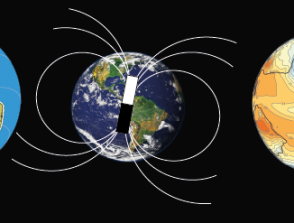Climate and atmospheric composition during the Precambrian: from paleosols to numerical simulations simulations
Start: 01 October 2008
End: 21 December 2012
Supervisors :
Frédéric Fluteau, Pascal Philippot
Related teams :
Paleomagnetism
Status: Defended




